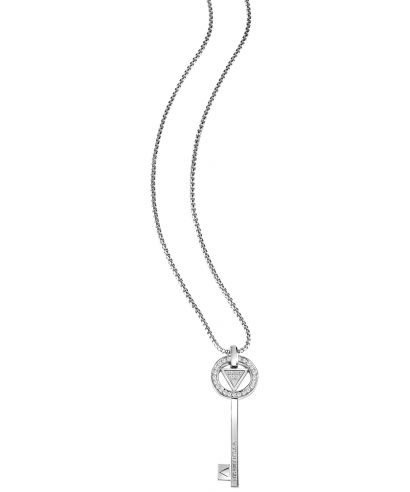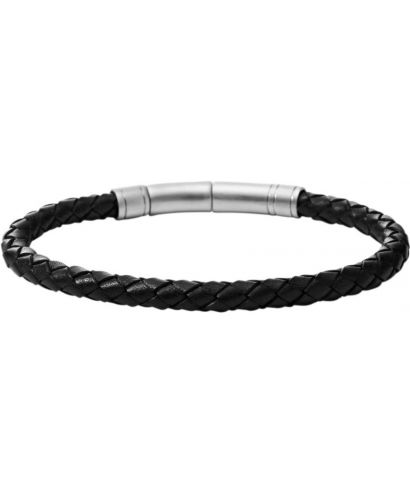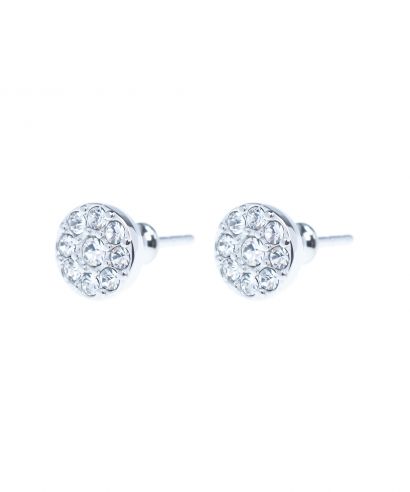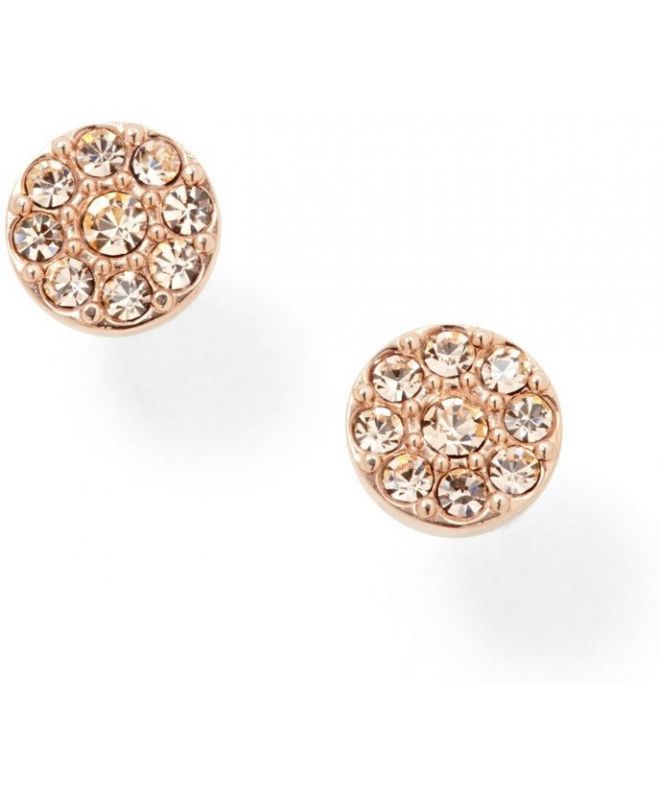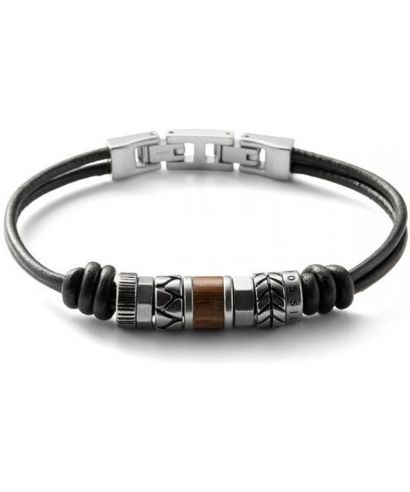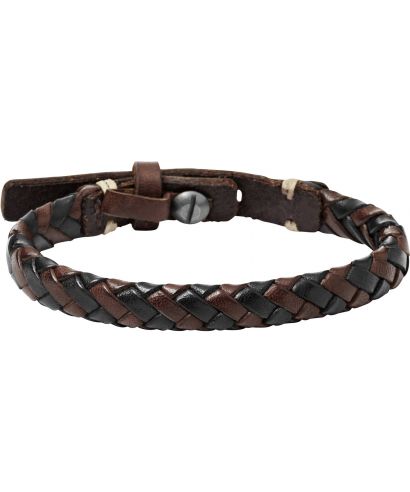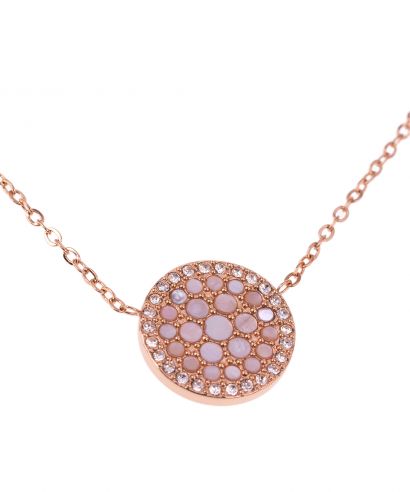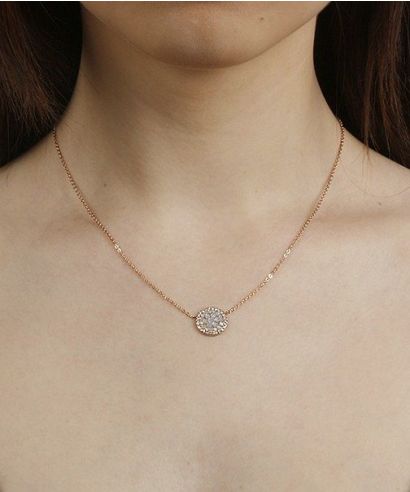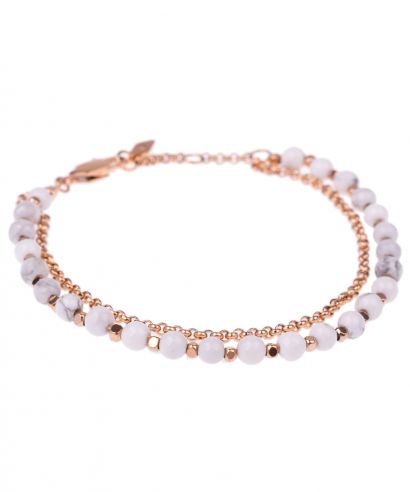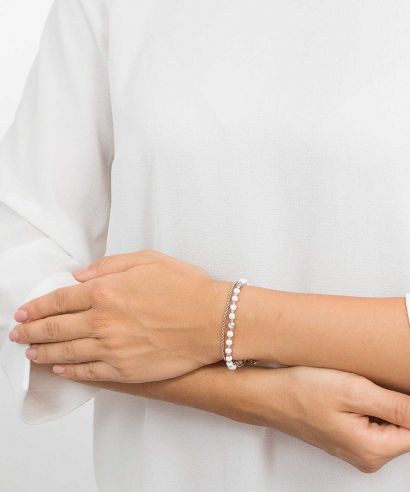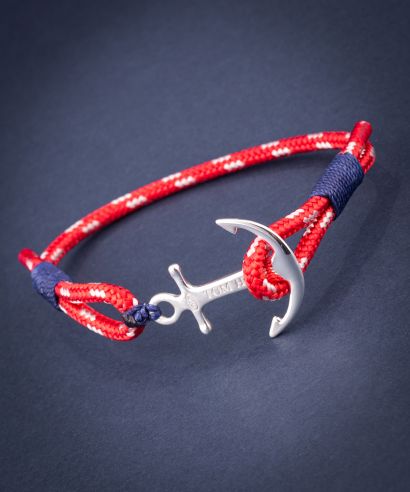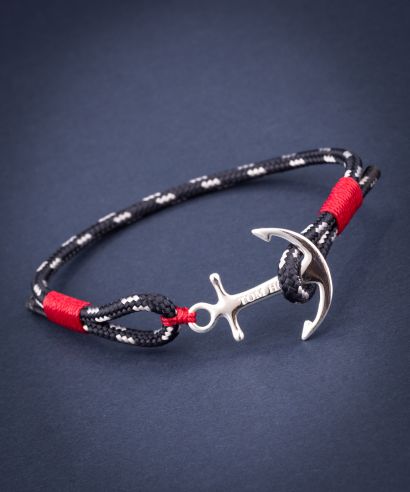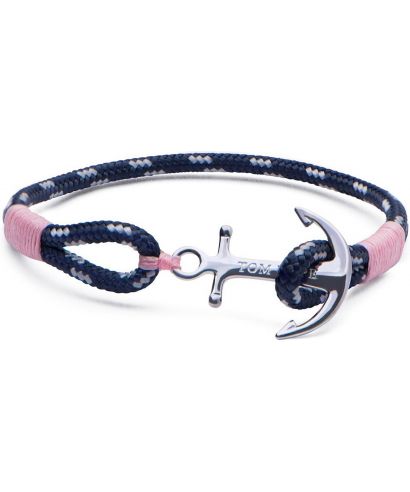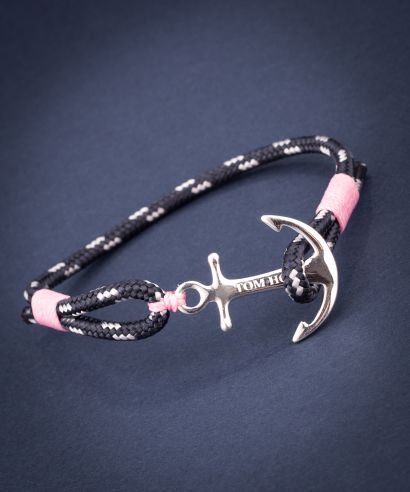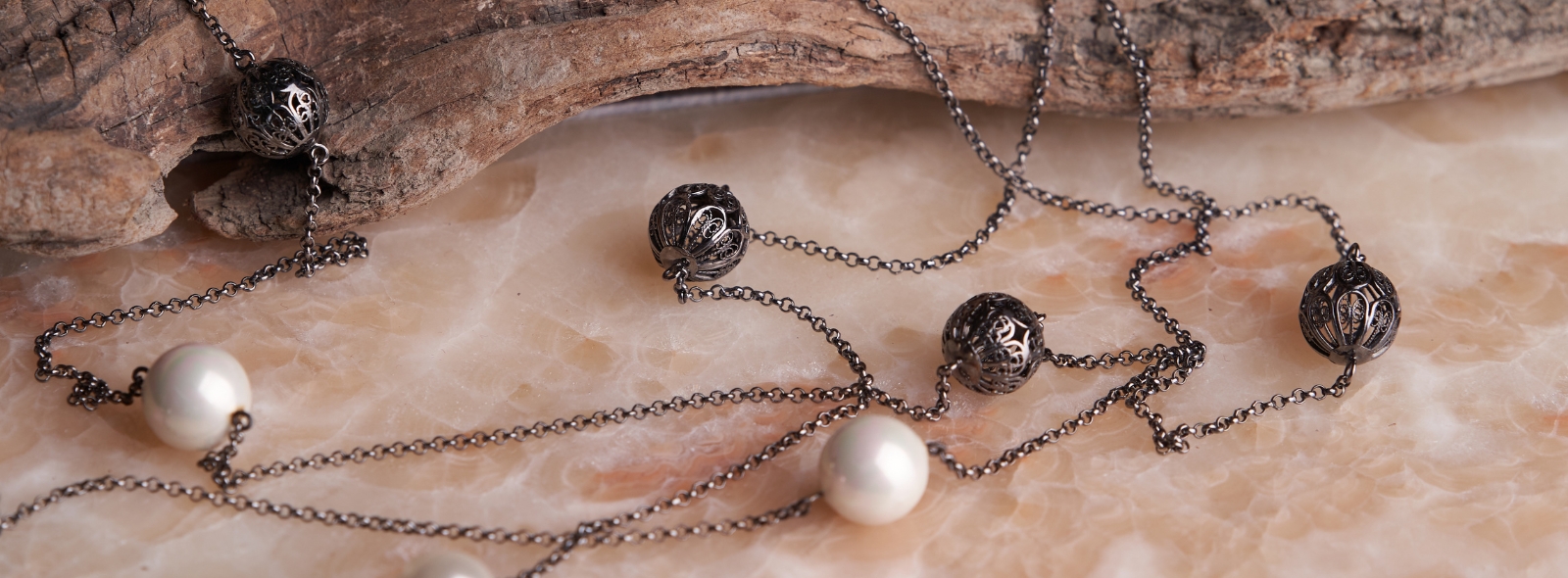
The history of jewellery. A fascinating journey through the ages

Various
The history of jewellery. A fascinating journey through the ages

In the abyss of time, where the past is intertwined with the present, the history of jewellery emerges like a story written by the stars themselves. It is not only a story of human creativity and the pursuit of beauty, but also a witness to the evolution of civilisation, culture and technology. I invite you, dear reader, on a fascinating journey through the centuries to discover how jewellery has spoken in different eras and what it tells us today.
Table of contents:
The origins of jewellery
In the beginning there was nothing ... and then jewellery appeared. As far back as the prehistoric caves, where man first made his mark, we find evidence that jewellery was more than an ornament. It was an amulet, a symbol of status, love or even magic. Made of shells, stones, bones, each piece told a story about the lives, beliefs and dreams of our ancestors.
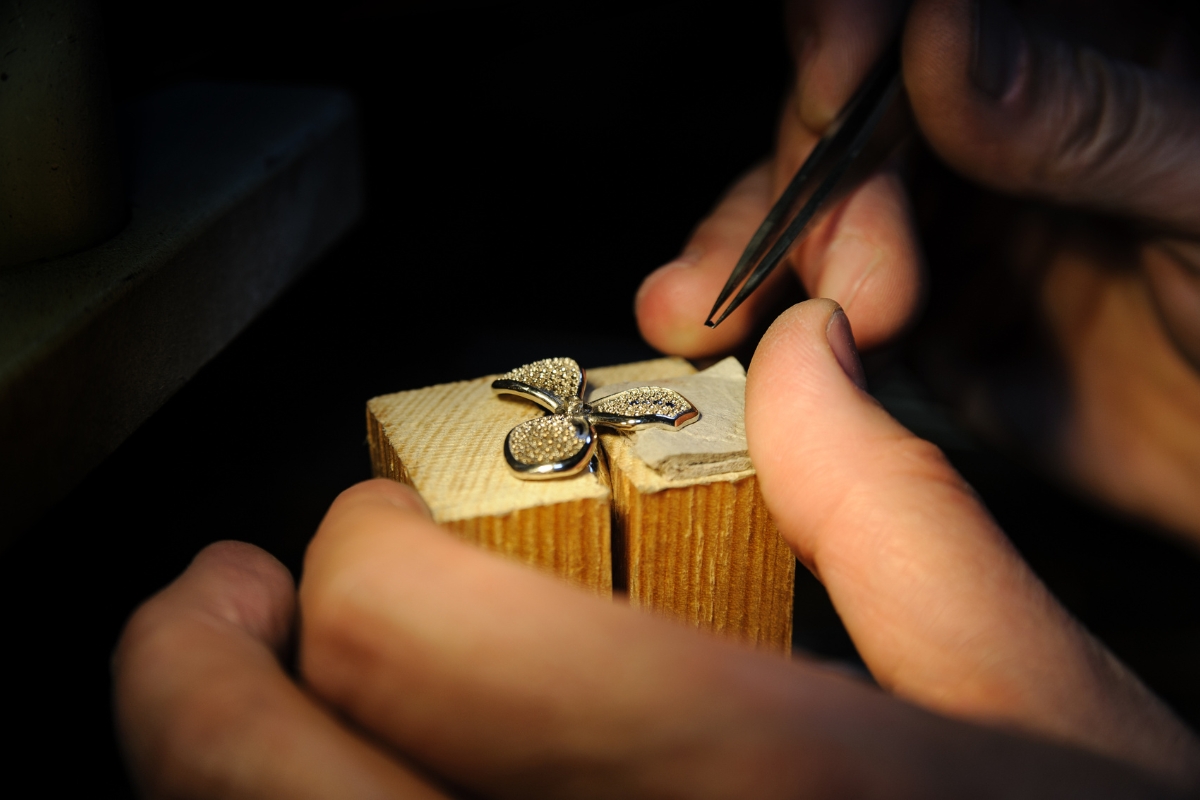
Implicit in these ancient pieces is a story about the human need for beauty, the quest for self-expression and the constant struggle to understand the world around us. Jewellery is one of the oldest forms of art, and a bridge that connects us to our ancestors, allowing us to understand that although centuries separate us, emotions, desires and aspirations remain the same.
It is interesting to note that the first jewellery, as the finds suggest, arose out of a need not only to adorn the body, but also as a way to store practical items such as tools or amulets, demonstrating the complexity of thinking in the earliest times. In the world of humanity, jewellery has been seen as an integral part of human culture and spirit. It speaks to us through the centuries, reminding us that we have always sought beauty and meaning, even in the simplest forms. It is a story that begins in the aurora of the early days and continues uninterrupted, witnessing an ongoing journey through history.
Ancient empires
Traversing the paths of time, we reach the ancient empires where jewellery began to take forms that are breathtaking. The Egyptians, masters of alchemy and symbolism, created objects to ensure their eternity. Gold, lapis-lazuli, turquoise - each material and shape had its own meaning.
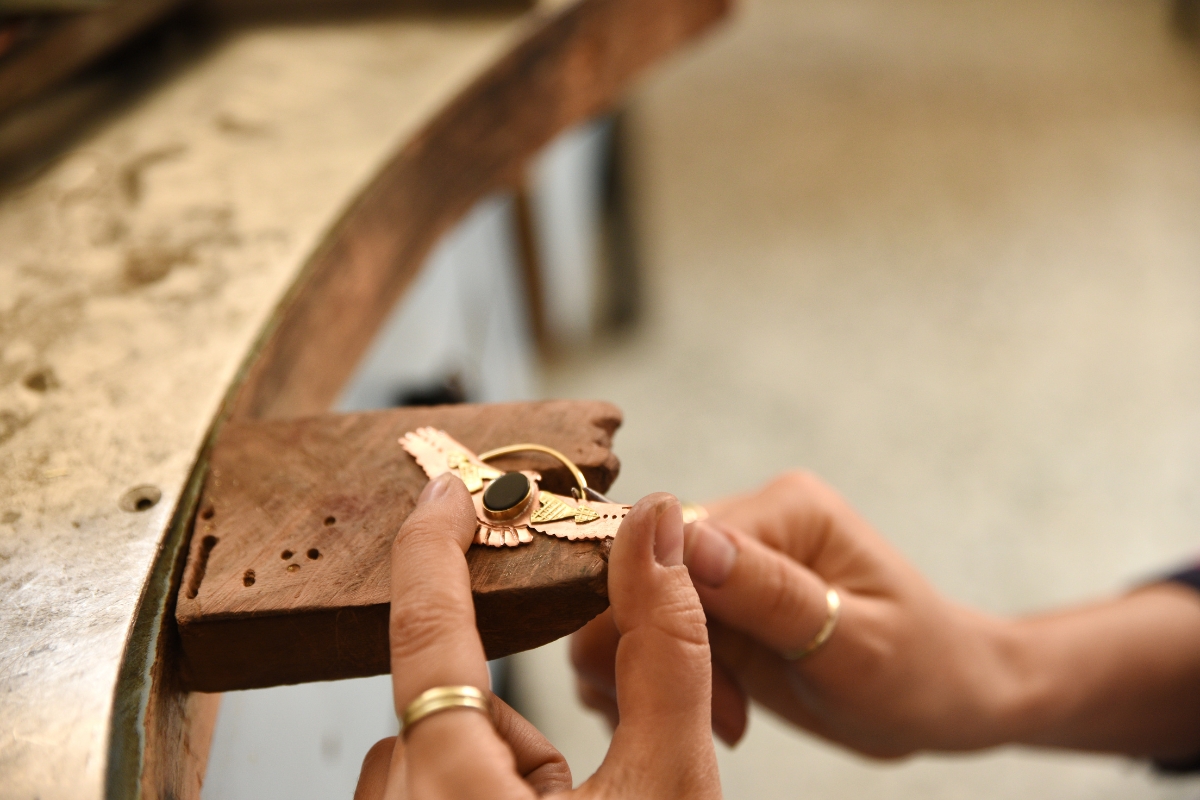
In Rome, jewellery was an expression of social status and wealth, worn by both men and women, a sign of belonging to the elite. In India, jewellery had a profound spiritual significance, being an integral part of religious rituals and daily life, where every stone and metal had healing and protective properties ascribed to it. This era shows how jewellery has become a universal language of beauty, power and spirituality, transcending the boundaries of cultures and civilisations.
Echoes of the Middle Ages and the light of the Renaissance
At a time when the world was shrouded in mystery and the ways were interspersed with legends, jewellery became more desirable. The Middle Ages brought complex religious and family symbols, and the Renaissance brought a revival of classical beauty. Goldsmiths became artists and their works became poetry in metal and stone, telling stories of love, faith and the search for beauty. It is interesting to note that during this period, miniature portraits, worn as part of jewellery, became popular as a way of maintaining closeness to a loved one or expressing loyalty to a ruler. Goldsmiths and jewellers, looking to works of art and literature for inspiration, transformed metals and stones into elaborate pieces that were not only decorative but also reflected the spirit of the times in which they were created.
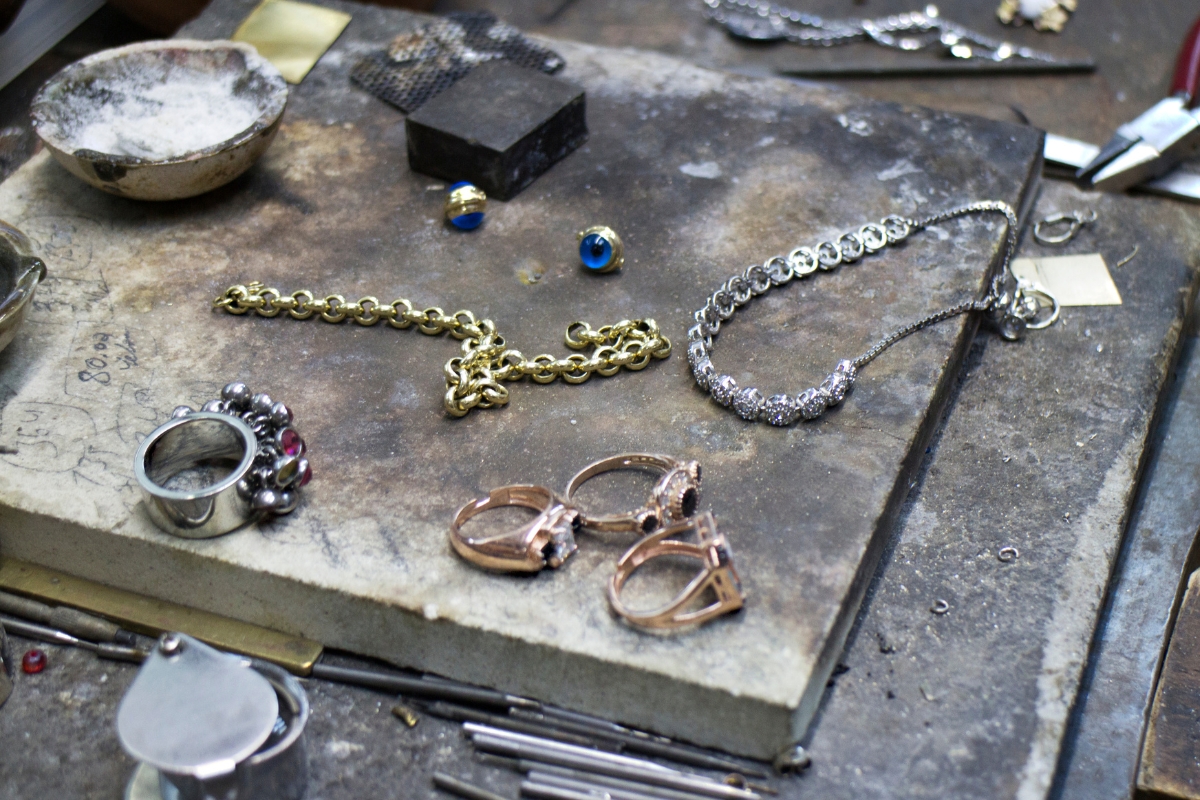
In the splendour of the Baroque and the delicacy of the Rococo
During the Baroque and Rococo eras, jewellery became an expression of the deepest aesthetic aspirations, reflecting the social and cultural complexity of the time. Goldsmiths and jewellers, in their studios reminiscent of alchemical laboratories, transformed raw materials into majestic works of art that were worn with pride by the aristocracy and monarchy. Designs inspired by nature and richly decorated with ornaments became more sophisticated, and techniques such as filigree and enamelling reached a level unattainable in previous eras. Jewellery from this period, full of glamour and extravagance, was not only ornamental but also a testament to artistic craftsmanship and technical innovation. In this way, every piece of jewellery from the Baroque and Rococo eras became not only a decorative element, but also a key to understanding the social and cultural contexts in which it was created.
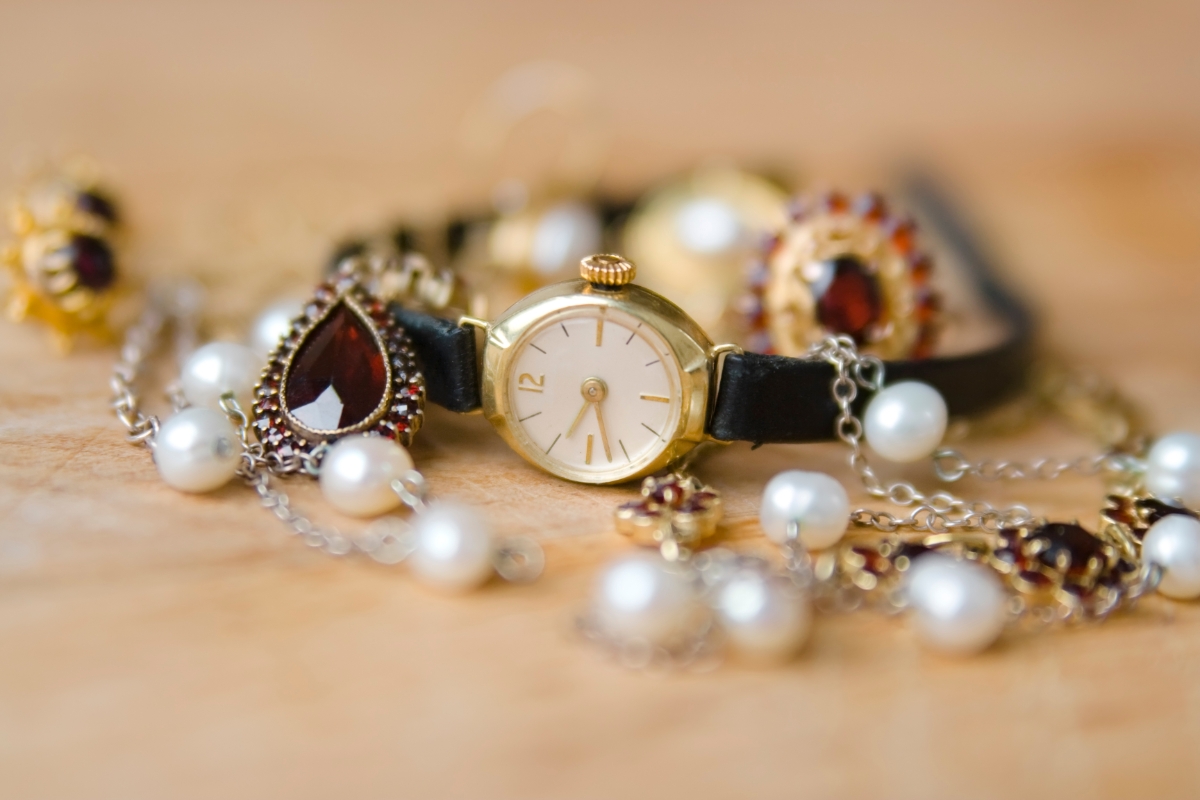
From Modern to Contemporary Beauty
Entering the modern age, the industrial revolution and new discoveries changed the face of jewellery. Mass production and new materials, such as platinum and aluminium, opened up jewellery to a wider audience. The modern age brings us an unlimited variety of forms and materials, from minimalist designs to extravagant works of art, reflecting everyone's individuality and uniqueness.
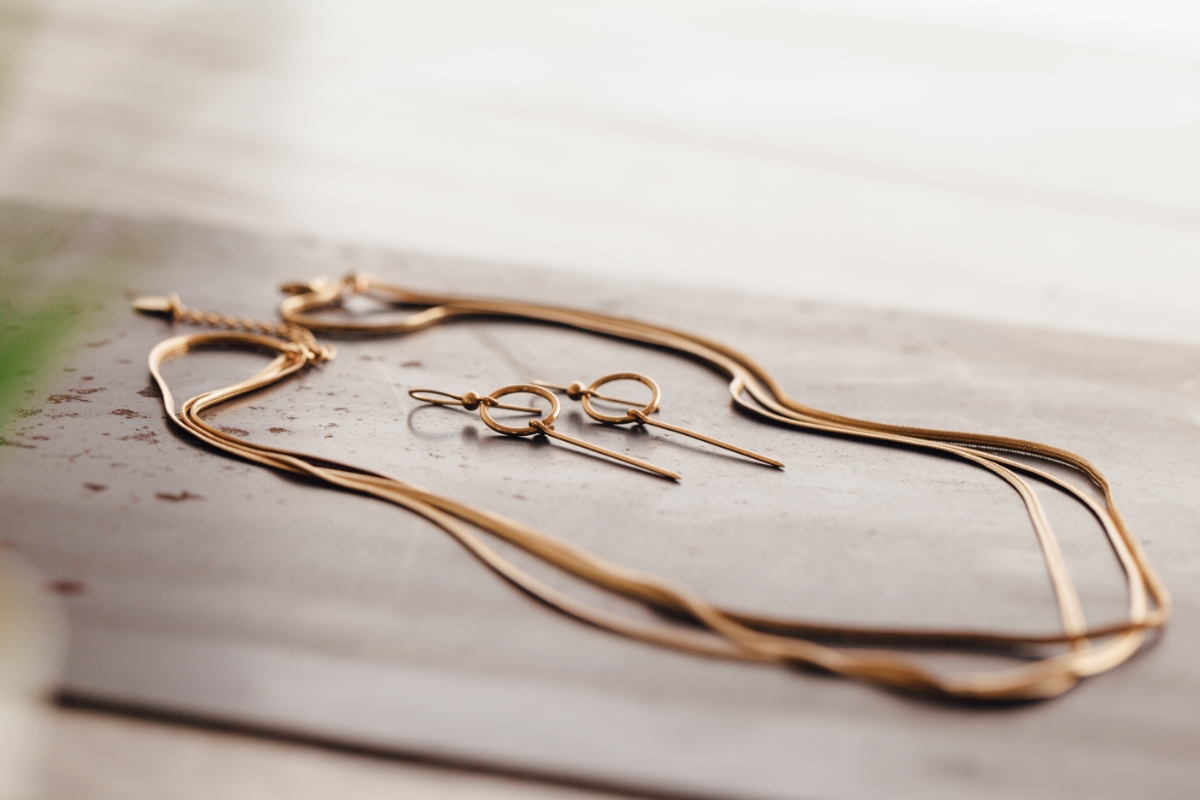
Contemporary jewellery, steeped in the richness of tradition while rushing forward with innovation, is a testament to the constant evolution of the human spirit and creativity. In an era of globalisation and digital revolution, jewellery designers are drawing inspiration from all over the world, combining cultural diversity with modern technologies in their creations. Traditional materials such as gold and silver are mixed with innovative, often surprising elements such as plastics, glass and even recycled materials, reflecting a growing environmental awareness. Contemporary jewellery is not afraid to experiment with form and function, often crossing the boundaries between jewellery and wearable art. This is a time when jewellery becomes a personal manifesto, an expression of individuality and conscious choice, highlighting the uniqueness of each of us in an increasingly globalised world.
Jewellery - an invitation to an endless journey
The history of jewellery is not only a chronicle of changing tastes and technology, but above all a story about the human need to express oneself, to seek beauty and to strive for perfection. Every piece of jewellery, from a prehistoric amulet to a contemporary ring, is part of this never-ending journey. I invite you to continue this journey, discovering your own stories and creating new ones that will stand the test of time.
